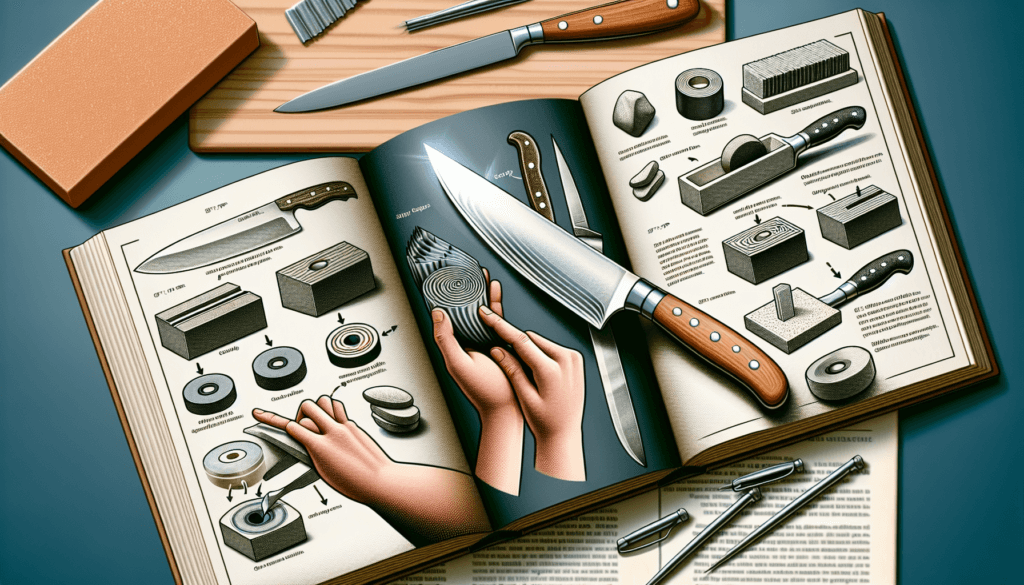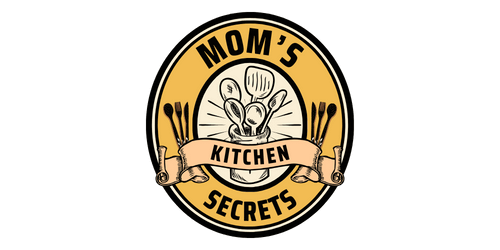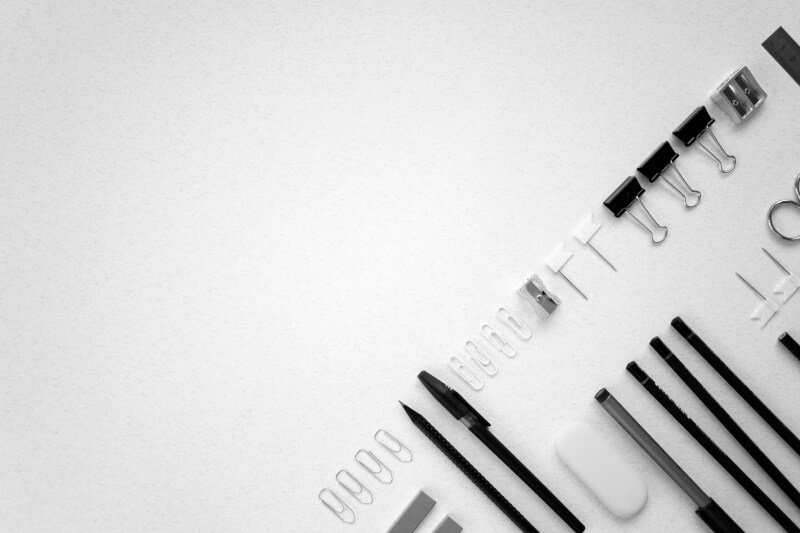Having a dull knife can make cooking a frustrating task. But don’t worry, sharpening your knife doesn’t have to be a daunting chore. In this article, you will learn practical tips and techniques on how to sharpen a dull knife effectively. From using a sharpening stone to honing your knife, you will soon be able to slice and dice with ease, making your cooking experience much more enjoyable.

Preparing the Knife for Sharpening
Before you begin sharpening your knife, it is essential to properly prepare it. This involves two key steps: cleaning the knife and assessing its condition.
Cleaning the Knife
Start by thoroughly cleaning your knife to remove any dirt, rust, or debris that may be present on the blade. This can be done by gently scrubbing the blade with a soft-bristle brush and warm soapy water. Be sure to dry the knife completely before moving on to the next step.
Assessing the Knife’s Condition
Next, take a close look at your knife to assess its condition. Look for any chips, cracks, or dull spots on the blade. If you notice any significant damage, it may be necessary to consult a professional for repairs. However, for minor issues, you can proceed with sharpening using the appropriate method.
Choosing the Right Sharpening Method
There are several different methods for sharpening a knife, each offering its own unique benefits. The choice of method depends on personal preference and the condition of the knife. Below, we will discuss the most common sharpening methods, including using a sharpening stone, a honing rod, a knife sharpener, and alternative methods such as using a whetstone, a ceramic mug, or sandpaper.
Using a Sharpening Stone
Using a sharpening stone is a popular method for achieving a razor-sharp edge on a knife. Follow these steps to get the best results.
Selecting the Right Sharpening Stone
Before you begin sharpening, it is crucial to choose the right sharpening stone. There are different types of stones available, such as oil stones, water stones, and diamond stones. Each type has its own unique characteristics, so consider your specific needs and preferences when selecting a stone.
Preparing the Stone
To prepare the sharpening stone for use, soak it in water or, if using an oil stone, apply a few drops of honing oil. This will help lubricate the stone and provide a smoother sharpening process.
Holding the Knife Correctly
Hold the knife by the handle with a firm grip. Position the blade at a 20-degree angle to the sharpening stone, ensuring that you maintain a consistent angle throughout the process. This angle will help maintain the knife’s sharpness and prevent you from removing too much metal from the blade.
Sharpening the Blade
With the knife properly positioned, move the blade across the sharpening stone in a sweeping motion. Start at the base of the blade, near the handle, and work your way towards the tip. Apply light pressure and make steady, controlled strokes. Repeat this process on both sides of the blade, alternating between strokes until the desired sharpness is achieved.
Testing the Edge
Once you have sharpened your knife, it is important to test the edge to ensure it is sharp enough for optimal performance. Carefully run your fingertip across the blade, being cautious not to apply too much pressure. If the blade feels significantly sharper than before, then you have successfully sharpened your knife.

Sharpening with a Honing Rod
A honing rod, also known as a sharpening steel, is a popular tool for maintaining the sharpness of a knife between sharpenings. Here’s how to use it effectively.
Choosing the Right Honing Rod
When selecting a honing rod, consider the hardness of your knife. If your knife is made of a softer material, such as stainless steel, a honing rod with a harder surface, like ceramic or diamond-coated, would be suitable. For harder knives, a honing rod made of a softer material, such as steel, will be more effective.
Using the Honing Rod
Hold the honing rod upright in your non-dominant hand. With your dominant hand, hold the knife by the handle and position the blade against the honing rod at a 20-degree angle. Using light and controlled pressure, glide the knife down the length of the rod, starting from the base of the blade and ending at the tip. Repeat this process on both sides of the blade several times.
Checking the Edge
After using the honing rod, test the sharpness of the knife by gently slicing through a piece of paper or cutting into a ripe tomato. If the knife slices effortlessly and smoothly, then it is properly honed and ready for use.
Using a Knife Sharpener
Knife sharpeners provide a quick and convenient way to sharpen knives, especially for those who are less experienced or prefer a hassle-free approach.
Types of Knife Sharpeners
There are two main types of knife sharpeners: manual and electric. Manual sharpeners typically consist of a V-shaped slot where the knife is inserted and pulled through, while electric sharpeners have built-in motors that rotate the sharpening stones or discs automatically.
Using Manual Knife Sharpeners
To sharpen your knife using a manual sharpener, start by placing the heel of the blade in the slot closest to the handle. Apply light pressure and pull the knife through the slot, maintaining a consistent angle. Repeat this process a few times, gradually moving towards the tip of the blade. Remember to follow the instructions provided with your specific sharpener for the best results.
Using Electric Knife Sharpeners
Electric knife sharpeners offer a more automated approach to knife sharpening. Simply switch on the sharpener and insert the blade into the designated slot or guide. The machine will automatically sharpen the knife as it passes through the sharpening mechanism. Be sure to follow the manufacturer’s instructions to ensure safe and effective sharpening.
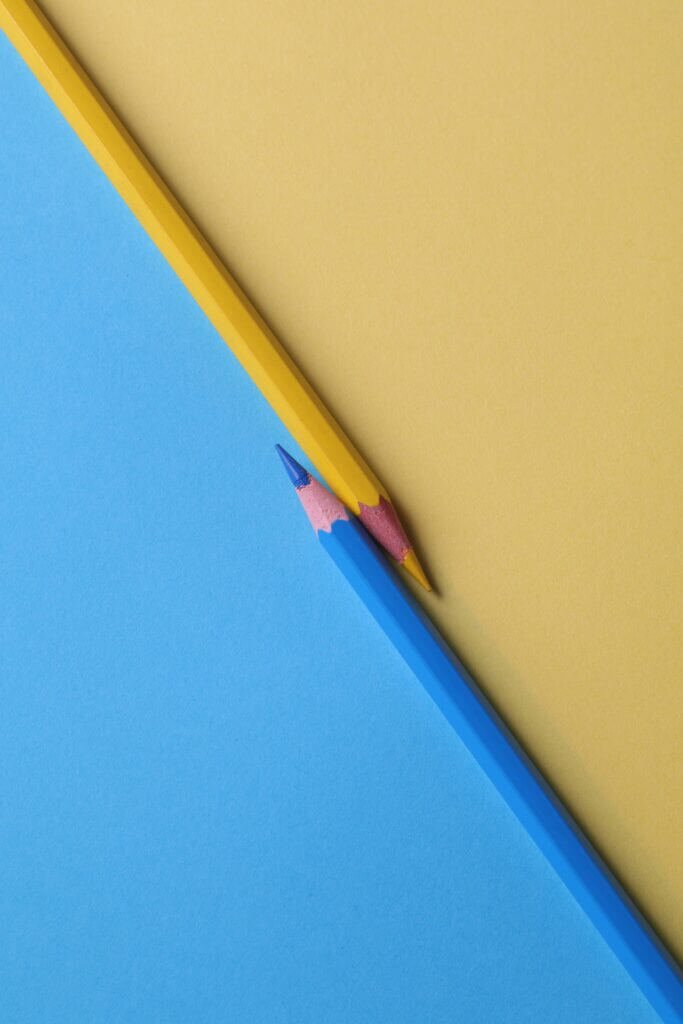
Alternative Methods for Sharpening
If you don’t have access to specialized sharpening tools, there are a few alternative methods you can try using common household items.
Using a Whetstone
A whetstone, also known as a sharpening stone, can be used as an alternative to dedicated sharpening stones. Wet the stone with water and hold the knife’s edge against it at a 20-degree angle. Move the blade across the stone in a sweeping motion, repeating the process on both sides. Remember to maintain a consistent angle and apply light pressure.
Using a Ceramic Mug
Believe it or not, a ceramic mug can serve as an impromptu knife sharpener. Turn the mug upside down and hold it at a slight angle. Slide the blade of the knife against the unglazed, rough rim of the mug at a 20-degree angle. Move the blade along the rim in a sweeping motion, repeating the process on both sides.
Using Sandpaper
Sandpaper can also be used to sharpen a dull knife. Place a sheet of sandpaper on a flat surface with the abrasive side facing up. Hold the knife by the handle and position the edge against the sandpaper at a 20-degree angle. Move the blade across the sandpaper in a sweeping motion, applying light pressure. Repeat this process on both sides of the blade.
Maintaining a Sharp Knife
Once you have sharpened your knife, it is important to maintain its sharpness for optimal performance. Regular cleaning and honing, proper storage, and avoiding damaging habits are key to preserving the sharpness of your knife.
Regular Cleaning and Honing
After each use, make it a habit to clean your knife thoroughly to remove any debris or food particles that may have accumulated. Additionally, regularly honing your knife with a honing rod will help maintain its edge between sharpenings.
Storing the Knife Properly
Proper knife storage is crucial for preventing dulling or damage. Store your knife in a knife block, on a magnetic strip, or in a knife sheath to minimize contact with other objects that could dull the blade. Avoid storing knives loose in drawers where they can rub against other utensils, causing them to become dull.
Avoiding Damaging Habits
To keep your knife sharp for longer, it is important to avoid certain habits that can dull the blade. Avoid cutting on hard surfaces, such as glass or ceramic plates, as these can cause the blade to become dull quickly. Additionally, refrain from using your knife to pry open cans or to cut frozen foods, as this can put unnecessary strain on the blade.
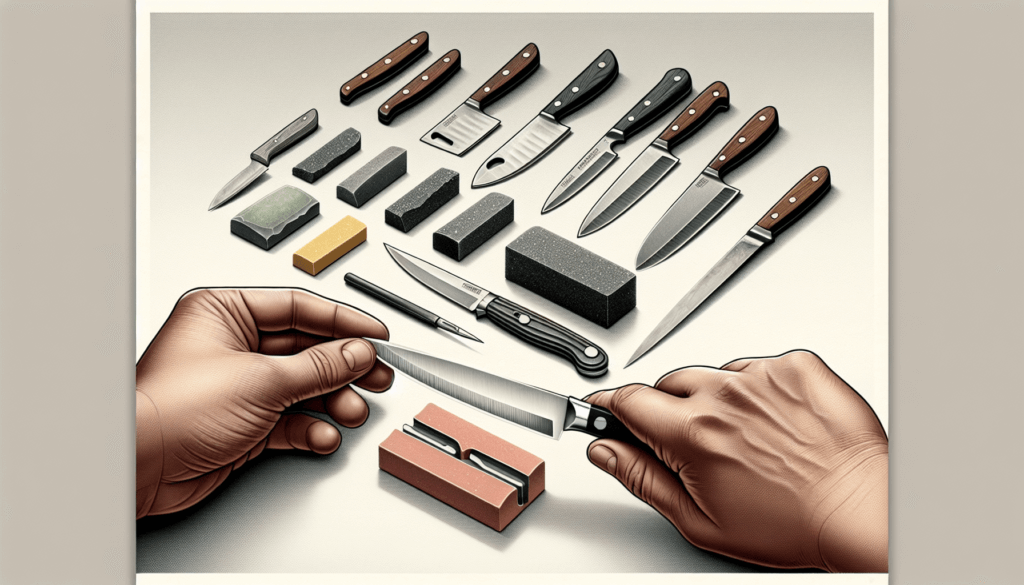
Common Mistakes to Avoid
While sharpening your knife, it is important to be aware of common mistakes that can hinder the sharpening process and potentially damage your knife.
Applying Too Much Pressure
One common mistake is applying excessive pressure while sharpening. Remember that light and controlled pressure is sufficient to achieve desired results. Applying too much pressure can result in uneven sharpening or even damage the blade.
Using the Wrong Angle
Maintaining the correct angle while sharpening is crucial. Choosing the wrong angle or failing to maintain it consistently can affect the edge and sharpness of your knife. Take the time to ensure you have the correct angle and regularly check your progress as you sharpen.
Neglecting the Knife’s Condition
Another mistake to avoid is neglecting the overall condition of your knife. Regularly inspect your knife for any signs of damage, such as chips or cracks, before attempting to sharpen it. Sharpening a damaged knife can lead to further issues and potentially render it unusable.
Safety Precautions
When sharpening a knife, it is essential to prioritize safety to prevent accidents or injuries. Here are a few safety precautions to keep in mind.
Using Protective Gloves
Consider wearing a pair of cut-resistant or protective gloves while sharpening your knife. This will provide an extra layer of protection and reduce the risk of accidental cuts.
Working in a Well-lit Area
Ensure that you have sufficient lighting in your workspace to clearly see the knife and the sharpening tools. Good lighting will allow you to maintain better control and visibility during the sharpening process.
Securing the Knife
To avoid any accidental slips or injuries, make sure the knife is securely held in place while sharpening. Whether using a sharpening stone, honing rod, or sharpener, keep a firm grip on the handle to prevent the knife from moving unexpectedly.
By following these comprehensive steps and keeping safety in mind, you can confidently sharpen your dull knife and achieve a sharp, efficient cutting edge. Remember, a sharp knife not only makes the preparation of meals easier but also reduces the risk of accidents caused by a dull blade. With the right tools and techniques, you can enjoy the benefits of a well-sharpened knife for years to come.
